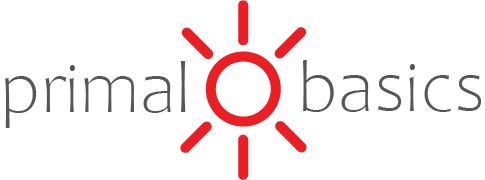
Toothpaste: A Ritual Worth Rethinking
แบ่งปัน
Ever wondered how this daily habit got started—or what it might really be doing to your body?
Each morning and night, most of us squeeze a colorful paste onto a brush, scrub away for a couple minutes, and spit without thinking twice. It’s a ritual we’ve followed for as long as we can remember. But have you ever paused to ask: Where did this habit come from? When did it become so universal? And are we sure it’s still doing what we think it’s doing?
The Ancient Origins of Tooth Cleaning
Long before tubes of minty foam lined bathroom counters, humans still cared for their teeth—but they did it very differently. Ancient Egyptians, dating back to 5,000 BC, used a mixture of crushed rock salt, pepper, mint, and dried iris flowers. Greeks and Romans added powdered bones and oyster shells. In India and China, herbs and twigs from plants like neem and miswak were used for both their mechanical and antimicrobial benefits.
These early forms of “toothpaste” weren’t just about cleaning—they were rooted in nature and often in cultural or spiritual practice. They didn’t foam, sparkle, or promise you whiter teeth in 7 days. But they worked, naturally.
When Toothpaste Became a Product
Toothpaste as a modern consumer good began to take shape in the 1800s. In 1873, Colgate mass-produced the first toothpaste in a jar. By the 1890s, toothpaste was being sold in collapsible tubes—the same basic format still used today.
It didn’t take long for branding and marketing to take over. Dental hygiene became a packaged experience: bright labels, fresh scents, and promises of perfect smiles. But what exactly was inside?
💰 Today, toothpaste is a $37 billion global industry—and growing. It's a market built on routine and trust, yet rarely do we pause to ask what we're actually putting into our mouths—or whether these formulas are truly safe for long-term use.
Fluoride and the Chemical Shift
By the mid-20th century, fluoride became the star ingredient in most toothpaste formulas, added for its cavity-fighting reputation. But fluoride has remained controversial. While some studies suggest benefits when applied topically in small doses, concerns persist—especially about systemic absorption, thyroid interference, neurotoxicity in children, and cumulative exposure from multiple sources.
In fact, in the United States and several other countries, any toothpaste containing fluoride must carry a warning label:
“If more than used for brushing is accidentally swallowed, get medical help or contact a Poison Control Center right away.”
This is the same product we’re instructed to place in our mouths twice a day, every day.
If something comes with a poison control warning for swallowing—even in small amounts—shouldn’t we stop and ask why?
So What Is in Your Toothpaste?
Take a look at your label. Chances are you’ll find a cocktail of unfamiliar ingredients:
– Sodium lauryl sulfate (a harsh foaming agent also used in floor cleaners)
– Triclosan (a now-banned antibacterial once linked to hormone disruption)
– Artificial sweeteners
– Petroleum-derived colors
– Microplastics or synthetic abrasives
Many toothpastes once included plastic microbeads—tiny polyethylene spheres added for scrubbing power. Though now banned in many countries due to their environmental toxicity, their legacy remains. Other pastes still use hydrated silica, a glass-like abrasive that may contribute to enamel erosion over time.
And while some "natural" toothpastes opt for minerals like calcium carbonate, their abrasiveness can still be excessive depending on formulation. When used aggressively or in larger particles, it may wear down enamel.
A Better Alternative: Sodium Bicarbonate
At PrimalBasics, we use sodium bicarbonate (baking soda) as our primary polishing agent—and for good reason:
IngredientRelative Dentin Abrasivity (RDA)ProsConsSodium Bicarbonate~7Very gentle, neutralizes acids, freshens breathNone significantCalcium Carbonate~100+Polishing power, mineral-basedCan be too abrasive over timeHydrated Silica~70–150+Glass-like texture, polishingMay erode enamel with overuse
Sodium bicarbonate is gentle, effective, and safe for daily use—supporting natural oral health without damaging enamel or disrupting your body’s balance.
Rethinking the Ritual
Tooth brushing is one of the most common rituals in human life. But what if the problem isn’t the act itself—but what we’ve been told we need to use?
What if brushing could be effective, natural, and safe—without the questionable chemicals, endocrine disruptors, or marketing fluff?
At PrimalBasics, we believe it can. We’re not here to reinvent the ritual—just to remove the unnecessary and get back to what works. With 100% natural ingredients, every element of PrimalDent Tooth Powder is designed to support real oral health—no mystery chemicals, no synthetic fillers, and no compromises.
Have you ever questioned your toothpaste?
Maybe it’s time.
#BackToPrimalBasics
#QuestionTheRitual
